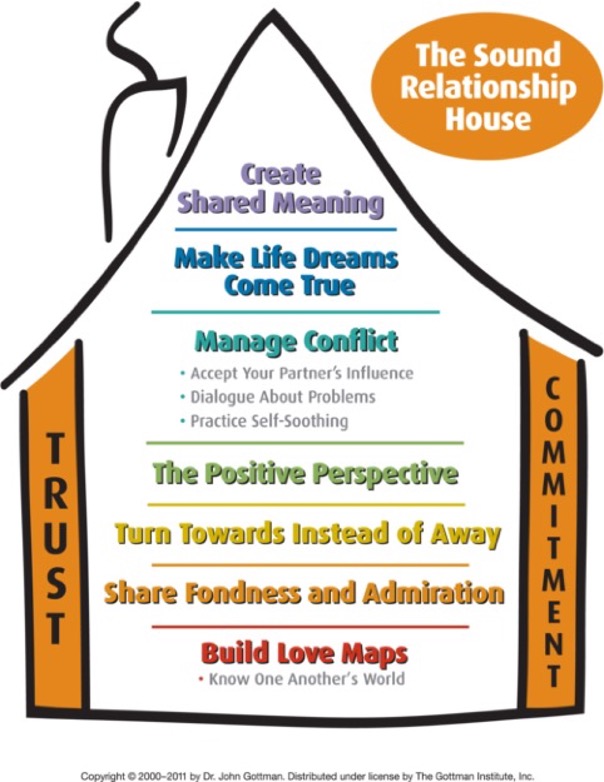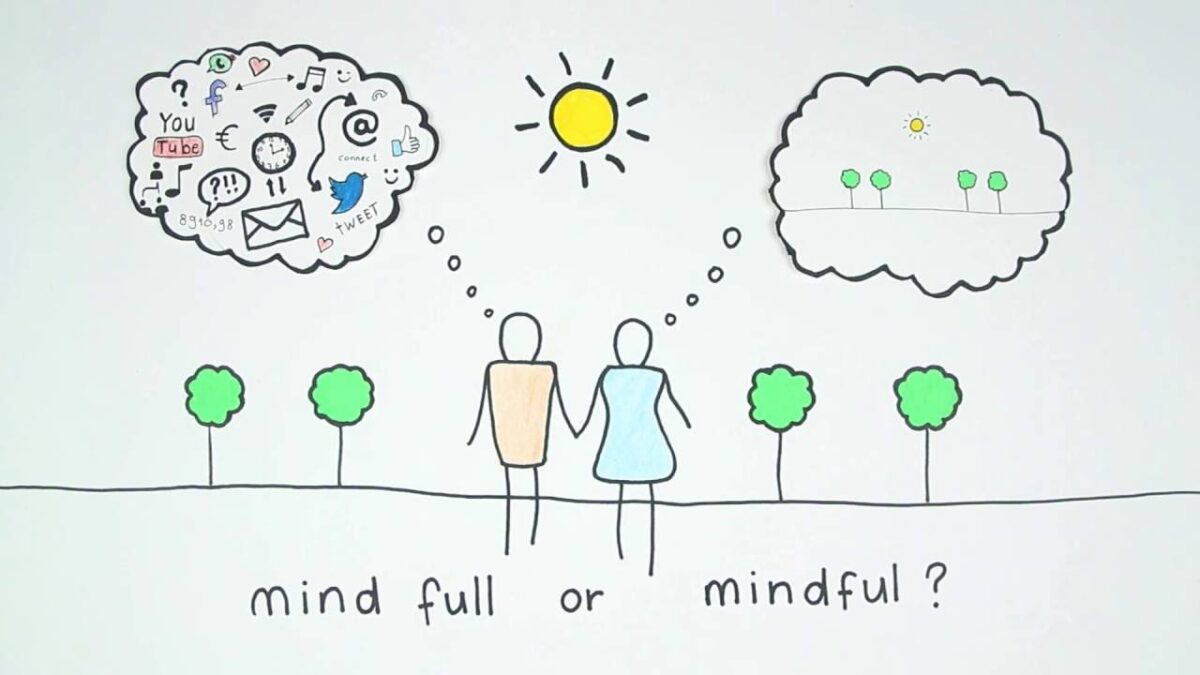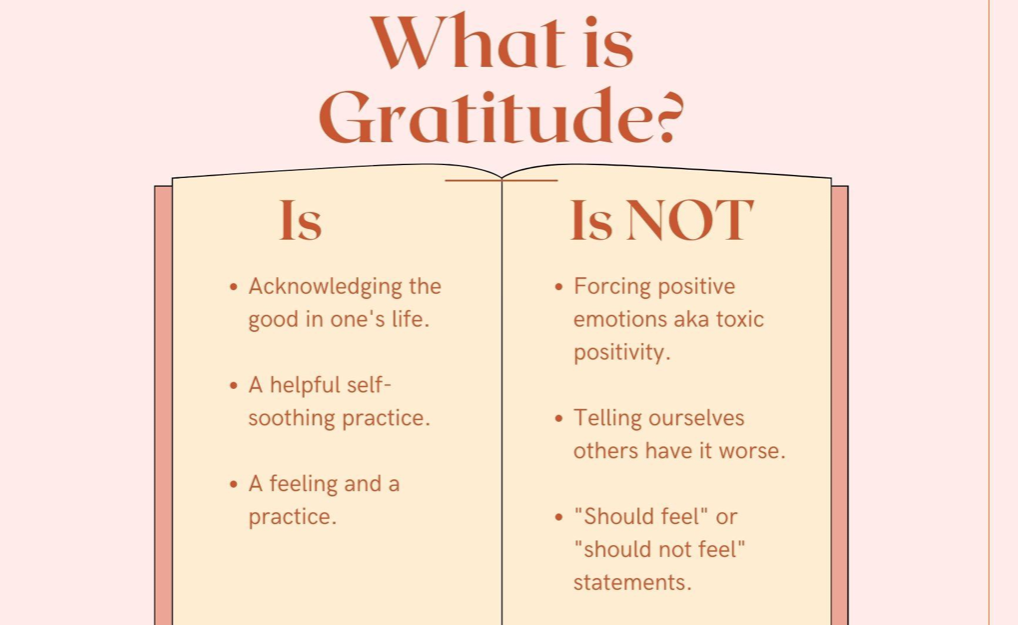Understanding Your Thoughts
laura on 21/03/2022
Simply put, thoughts are our opinions and beliefs about ourselves, others and the world around us. Thoughts can be experienced in different ways. Some of us think in the form of ‘words’, images/pictures, or even both. We all have that ‘voice’ in our head that helps us process events that are unfolding around us. Sometimes our inner self-talk can be very positive, supportive and encouraging, almost like a cheerleader. However, at times it can be very critical. You may have heard of the term ‘the inner critic’; this is the part of you that scrutinises/judges you. It may, for example, tell you that you ‘should’ do better or that you’re failing in life.
A big part of therapy is to shift our thinking. Now we have all heard the term ‘positive thinking’. We might be going through a tough situation and in an attempt to help, a friend or loved one may tell us “STOP thinking so negatively and think more positively!!”. Easier said then done, right?! We first need to understand our thoughts, before we can start to shift them. Most importantly, we need to understand what has led us to form that interpretation of the situation/event at hand, ourselves, others or the world.
Let’s start at the beginning… First and foremost, you CAN NOT stop yourself from thinking! The more you tell yourself to ‘stop thinking’ the more you think that thought! Have you ever had a song stuck in your head? I bet the answer is YES! And your mind sings it over, and over, and over! It becomes annoying, right? And the more you try to ‘get rid of’ that song, the more your mind keeps replaying it. Eventually, you may decide to stop fighting it and allow your mind to ‘sing’, you allow the song to be there, and go on with your day, focusing on what is important to you. And alas… IT GOES AWAY!!
Above, I mentioned that thoughts are words/pictures/images. I want you to keep this in mind. Thoughts in and of themselves do not have any meaning; they are words/pictures/images formed in our mind about our interpretation of a situation. We are the ones who give our thoughts meaning…we think them and automatically believe them to be true. Just because you think something, it DOES NOT make it true. For example, if you had the thought “I’m not a good friend”, that does not make it a fact.
We can often get caught in ‘thinking traps’. These are also referred to as cognitive distortions. Thinking traps are inaccuracies in thinking which are often very unhelpful and get in the way of us viewing a situation more objectively. Here are some common thinking traps:
- Mindreading – We believe we know what others are thinking, and they have a negative opinion of us. The truth is, we can’t possibly know what someone else is thinking as we are not mind readers.
- Fortune telling – When you tell yourself that something won’t work out; almost like you are predicting the future.
- Black and white thinking – Viewing situations/events in terms of extremes and not seeing the in-between. For example, seeing things as either good or bad, a success or a failure.
- Catastrophising – Telling yourself that the worst thing imaginable will happen and you won’t be able to cope.
- ‘Should’ statements – Placing standards on how you ‘should’ or ‘must’ behave/think/feel.
- Overgeneralisation – Thinking in terms of ‘always’ or ‘never’. For example, “I can never get anything right”.
Rather than refer to our thoughts as ‘positive’ or ‘negative’, I personally prefer to use the terms ‘helpful’ or ‘unhelpful’. Ask yourself, is it useful for me to think this way? Does this help me to live by my values and purse my goals? In the same way that we stop trying to ‘get rid of’ the songs stuck in our mind, we want to start making choices towards not engaging in our thoughts or getting stuck in the trap of ‘believing them’. Instead, we want to start noticing them more mindfully.
Our thoughts can be quite powerful and influence us in many ways. If you would like some support to shift your thinking to be more helpful and aligned with your values, our team of psychologists are here to help.
This blog was written by Maria Kampantais – Psychologist and Clinical Registrar at YMM.
Maria has been consulting at YMM for many years and enjoys working with clients through the use of evidence-based therapies such as Cognitive Behavioural Therapy (CBT), Acceptance and Commitment Therapy (ACT), mindfulness techniques, Motivational Interviewing (MI), and Solution Focused Therapy (SFT).
To learn more about Maria, check out the “Our Team” page on our website! https://yourmindmatters.net.au/our-team/












